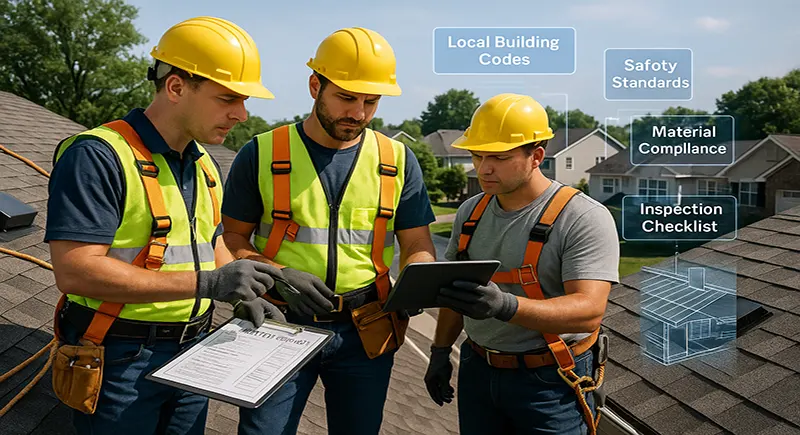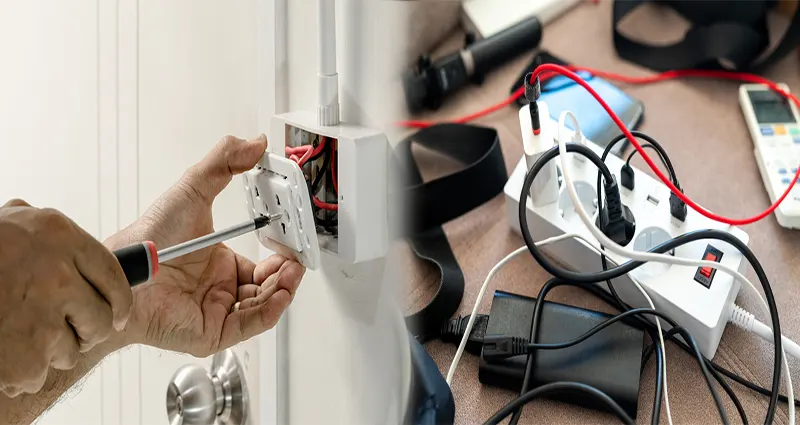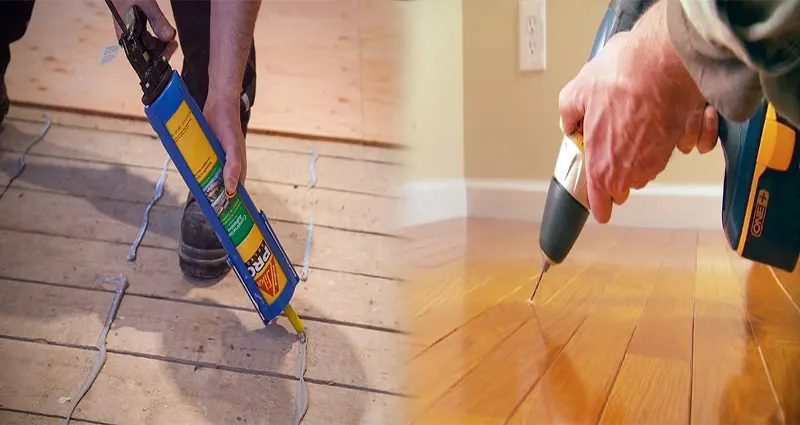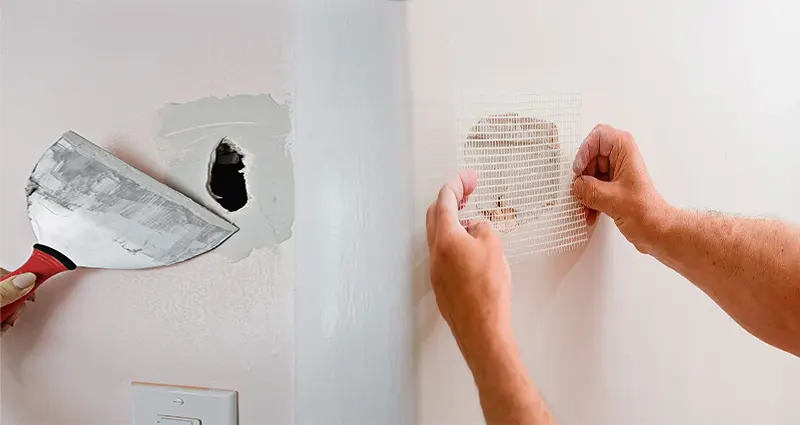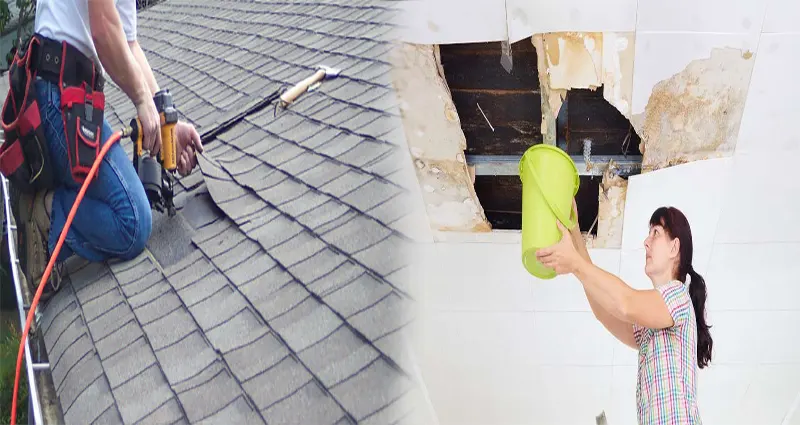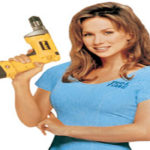Top Roofing Standards and Codes Followed by Madison Roof Repair Companies for Compliance
Precision defines professional roofing work, and in Madison, meeting construction codes is more than formality—it’s the foundation of safety and reliability. Roof repair companies adhere to a series of industry and municipal standards that guarantee each project stands up to inspection and performance testing. These regulations shape how materials are selected, how systems are installed, and how long they last for property owners seeking dependable roof repair near me.
Adherence to Local Wind Uplift and Load-Bearing Regulations
Local codes in Madison require roofs to withstand wind pressures that match the area’s weather patterns. Specialists analyze uplift forces on shingles, fasteners, and structural framing before installation begins. This attention to detail ensures that materials and attachment methods meet both manufacturer specifications and municipal wind standards.
Beyond basic wind load requirements, roof repair professionals also calculate snow and live loads to determine appropriate structural reinforcement. By designing to these standards, companies reduce the risk of deck sagging, fastener failure, or surface separation over time. These compliance measures form the backbone of durable Madison roof repair services that last through every season.
Compliance with State-approved Fire Resistance Classifications
Building codes classify roofing materials based on their ability to resist fire spread. Roof repair specialists use membranes, underlayments, and coatings that meet state-approved Class A or B fire ratings depending on the structure’s location and type. These classifications ensure that roof assemblies can delay ignition and prevent flames from advancing between sections. In commercial and multifamily buildings, higher fire resistance ratings are often mandatory. … READ MORE >>>

